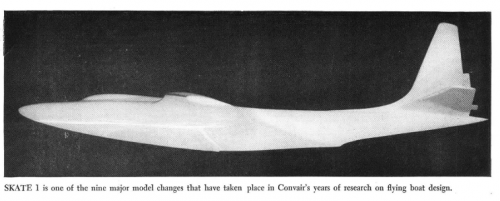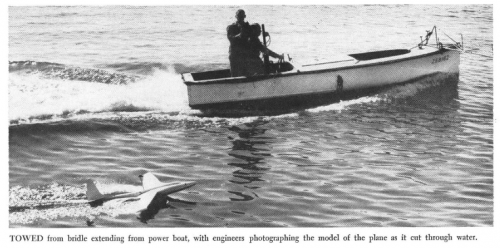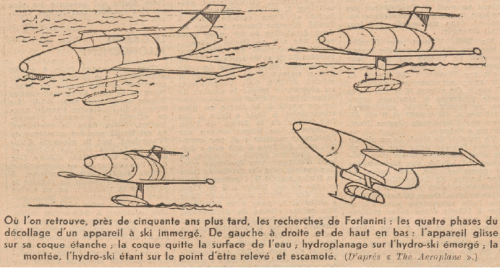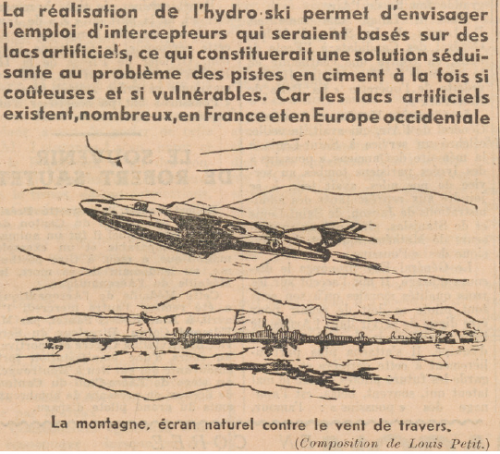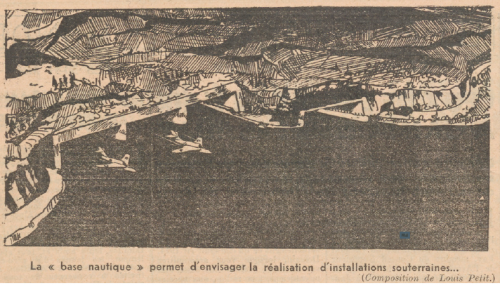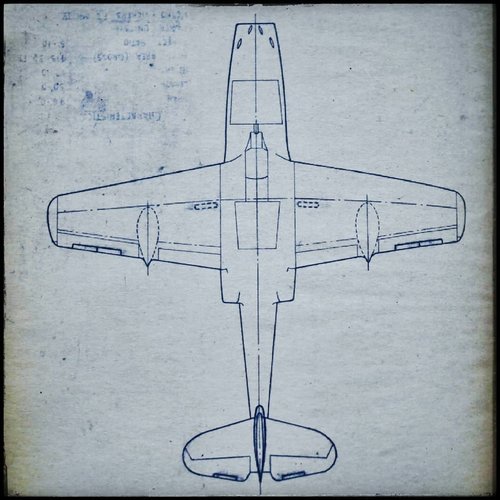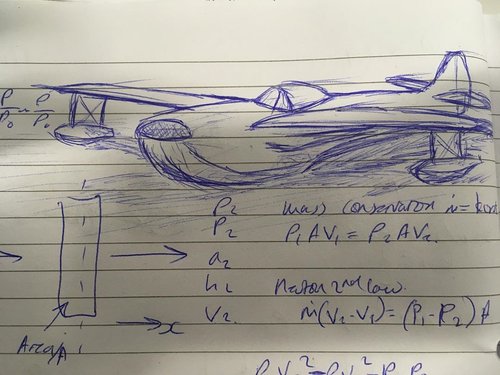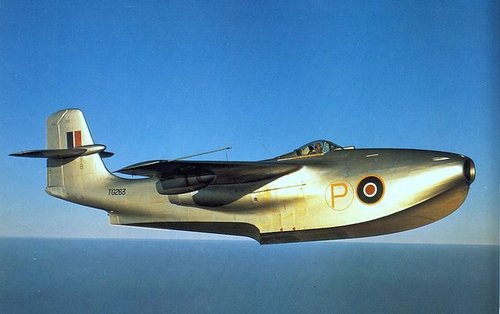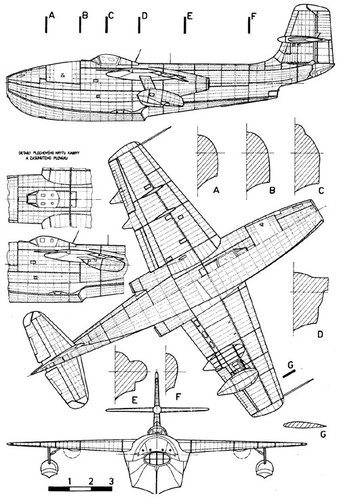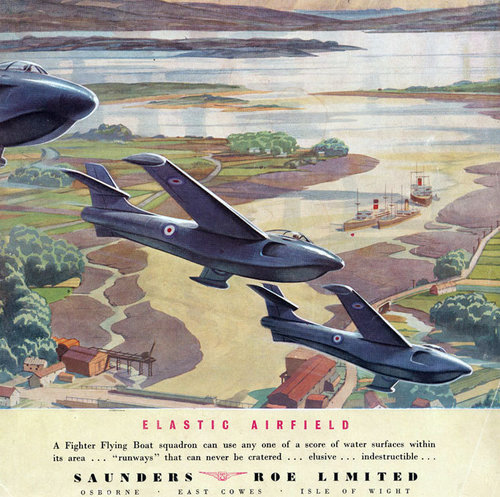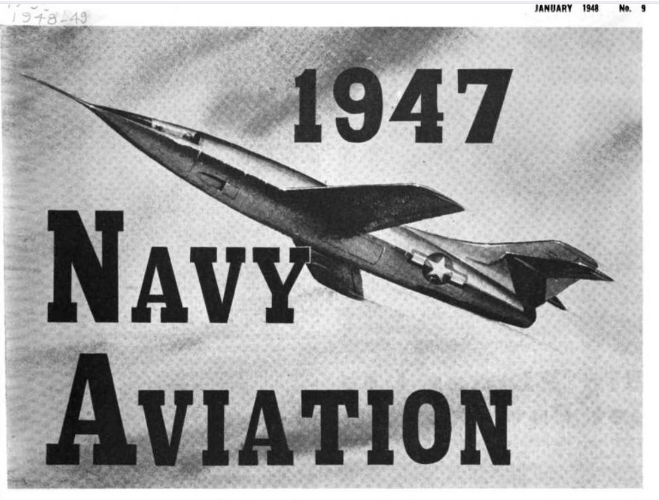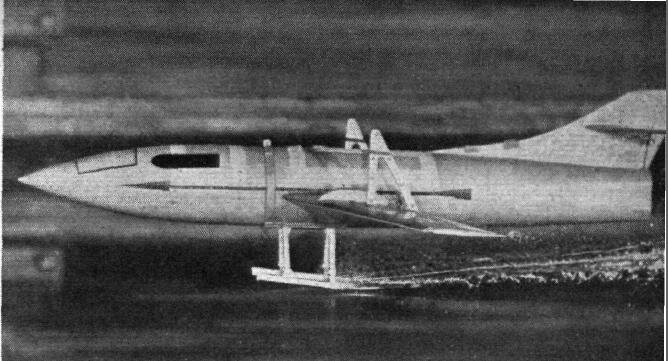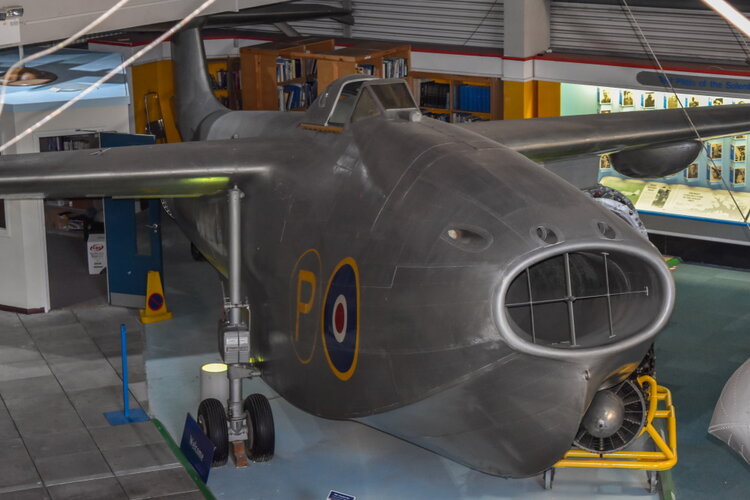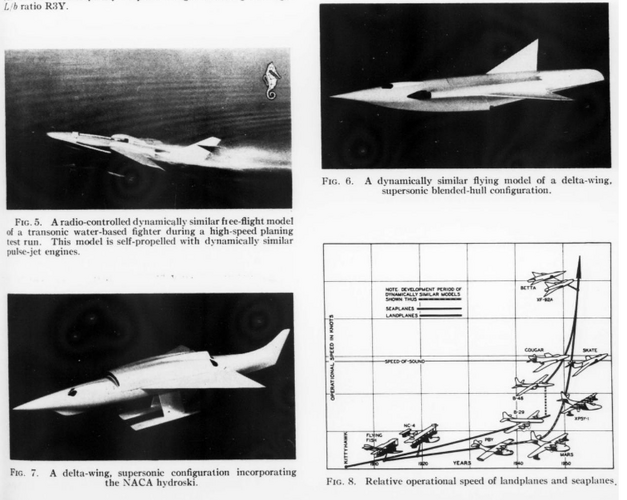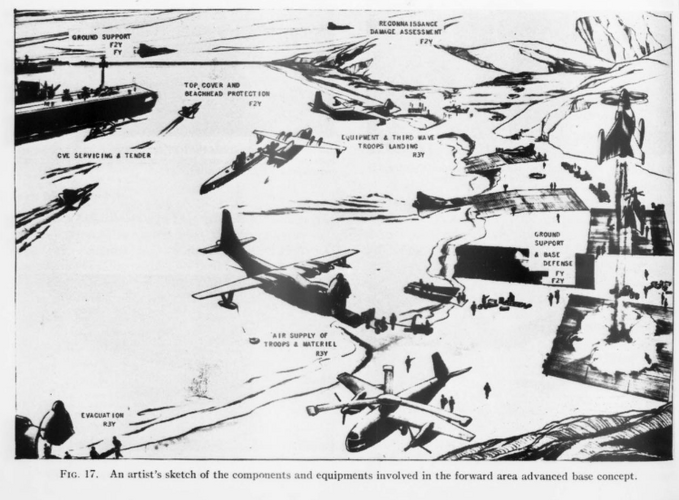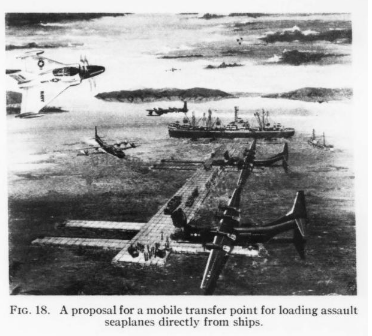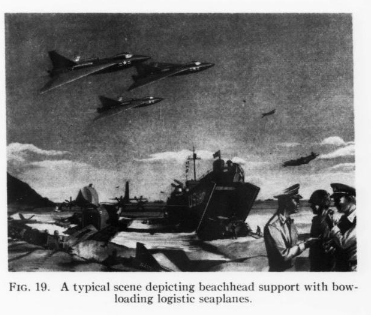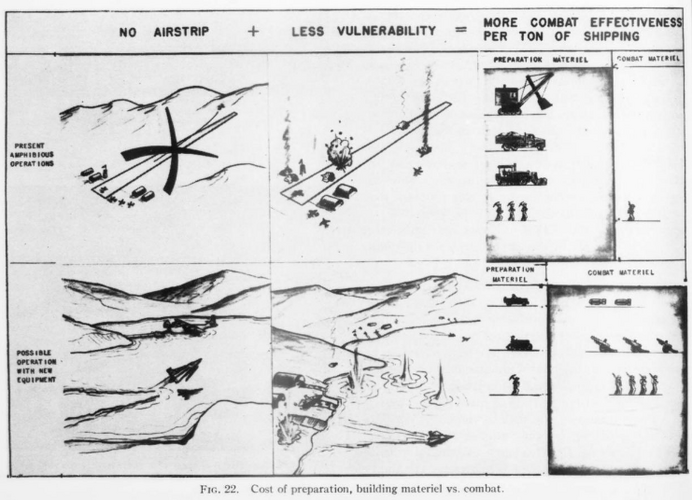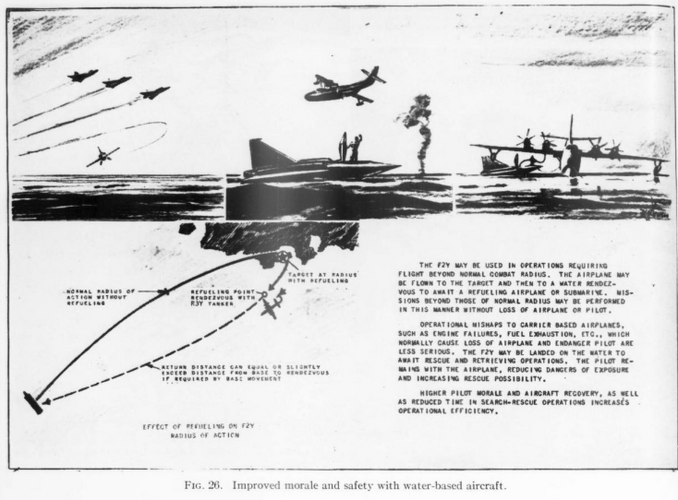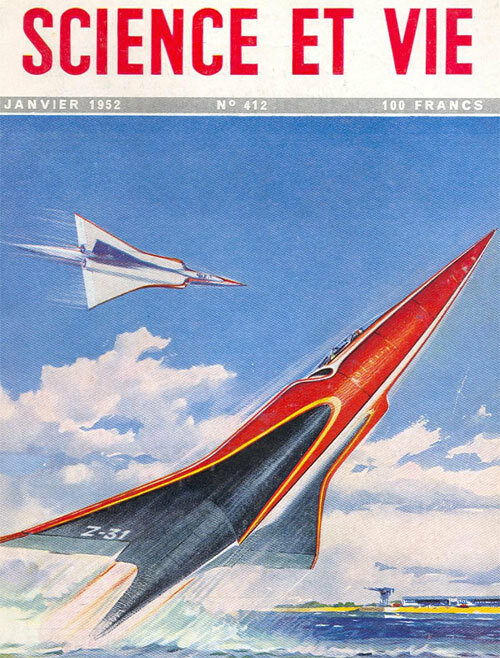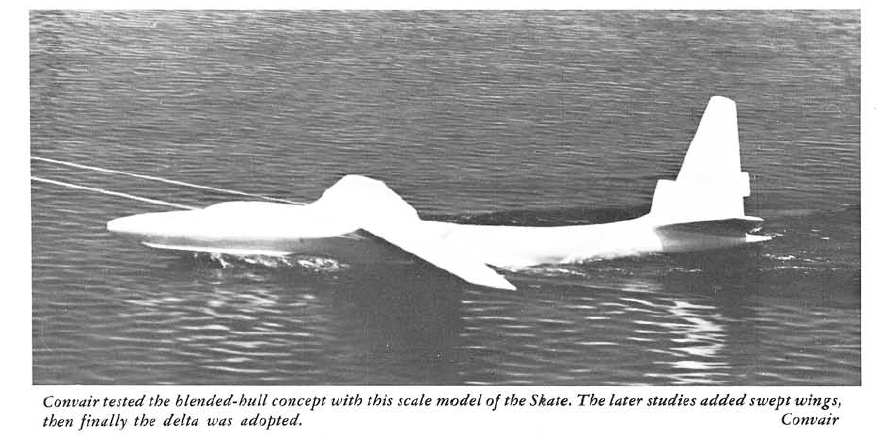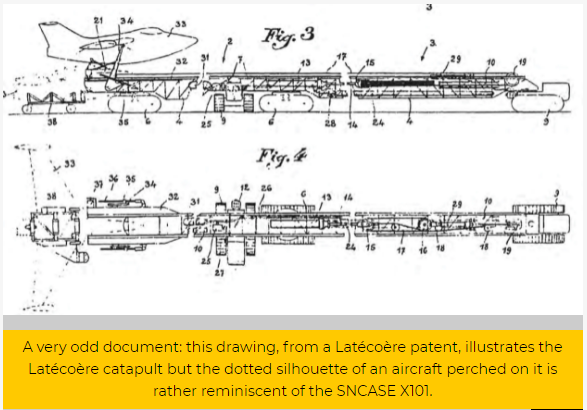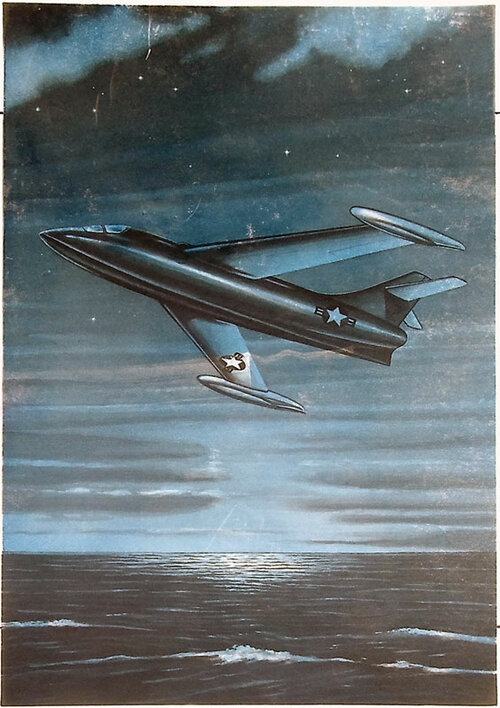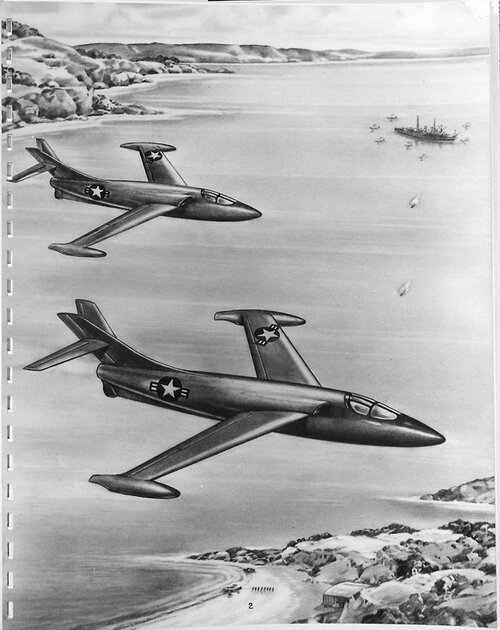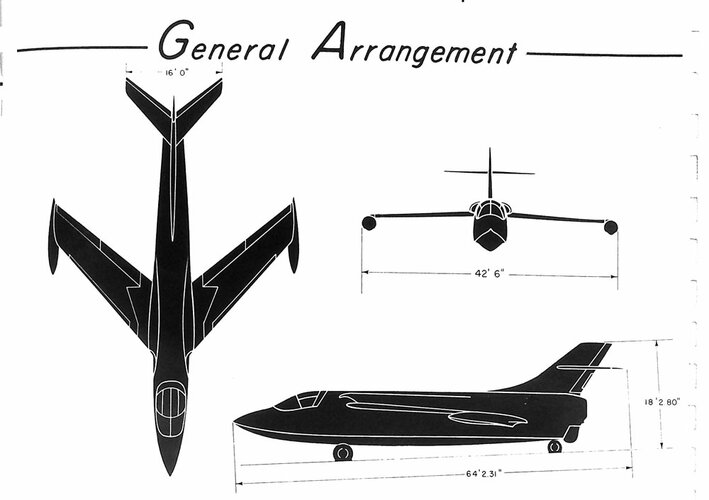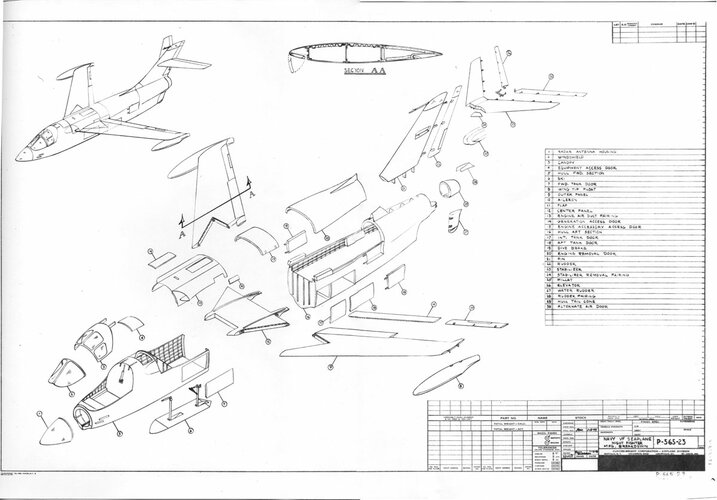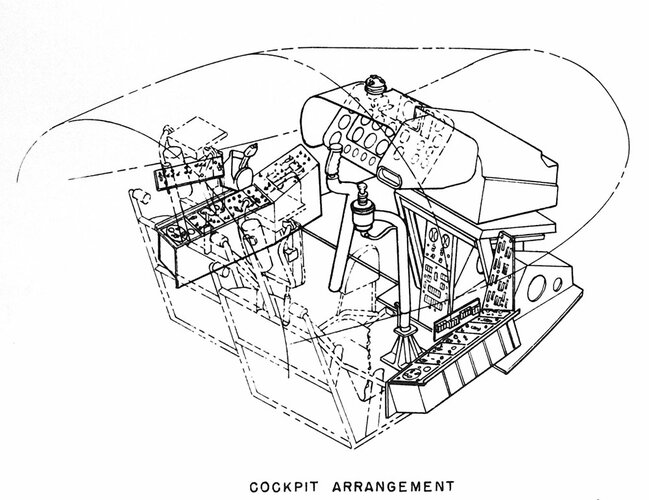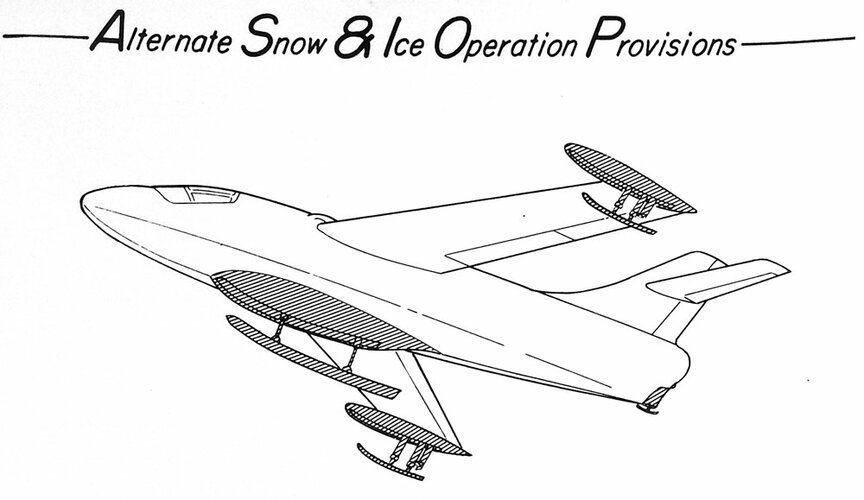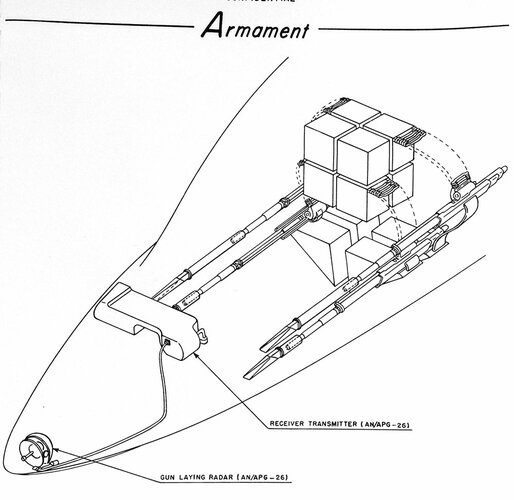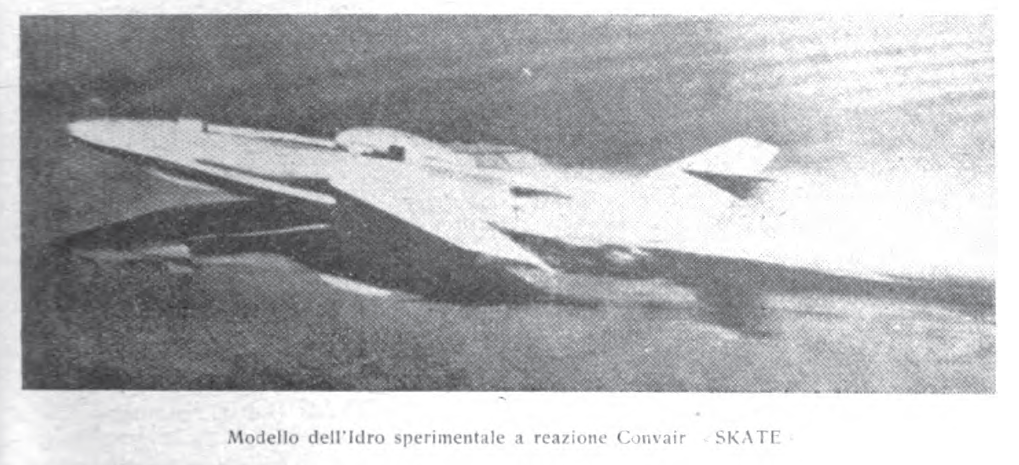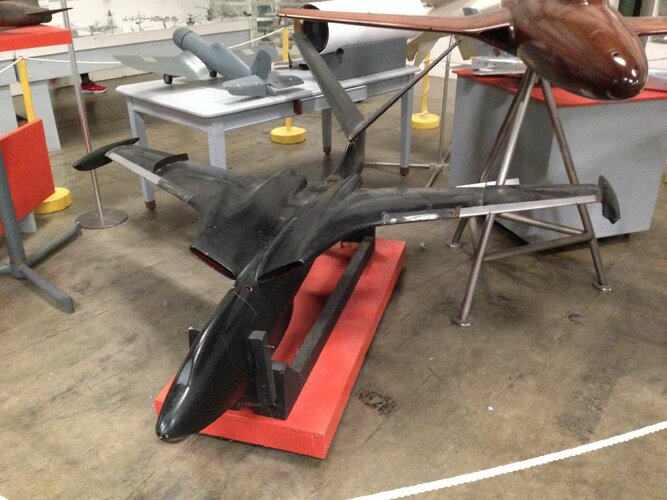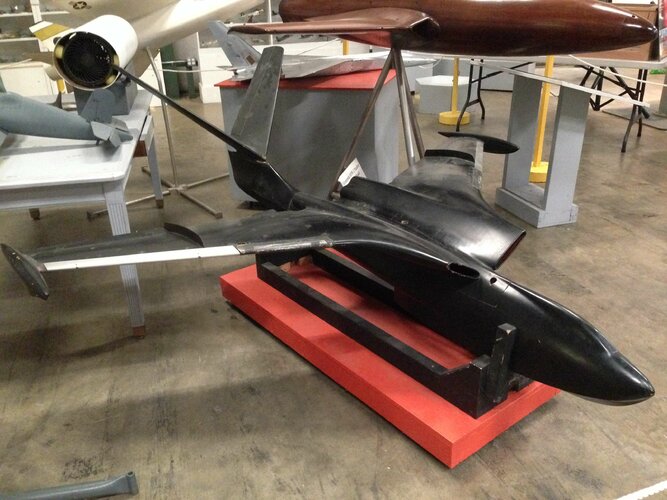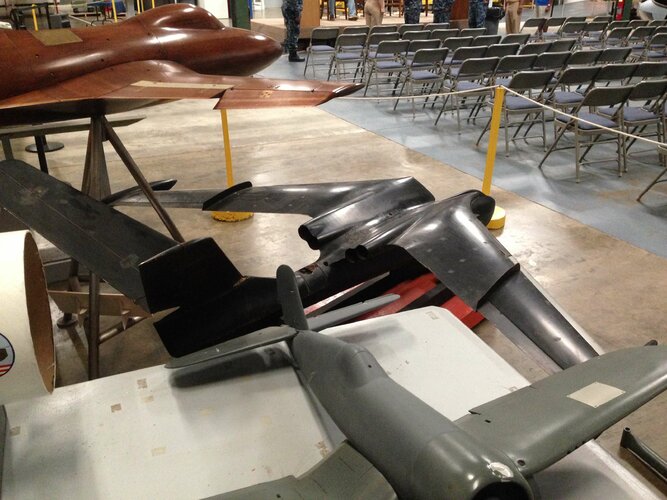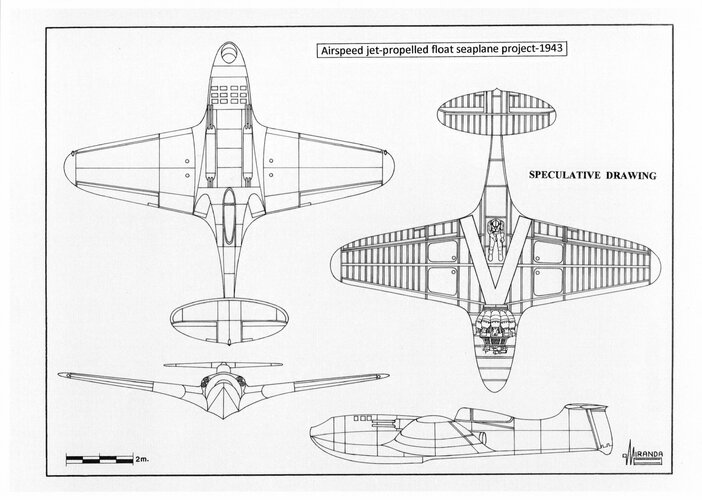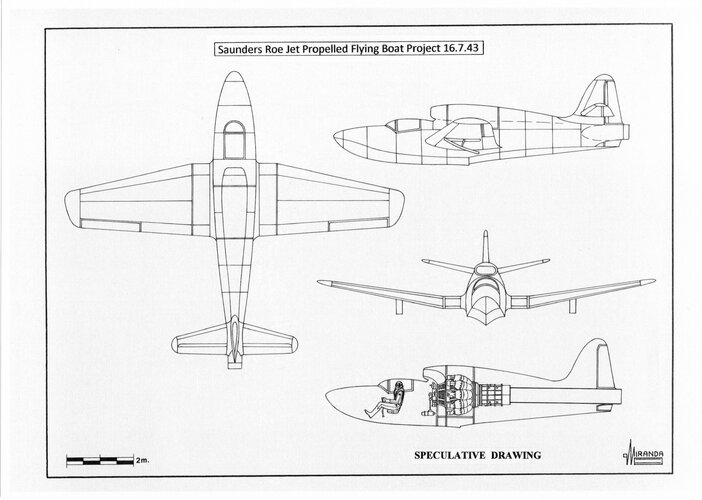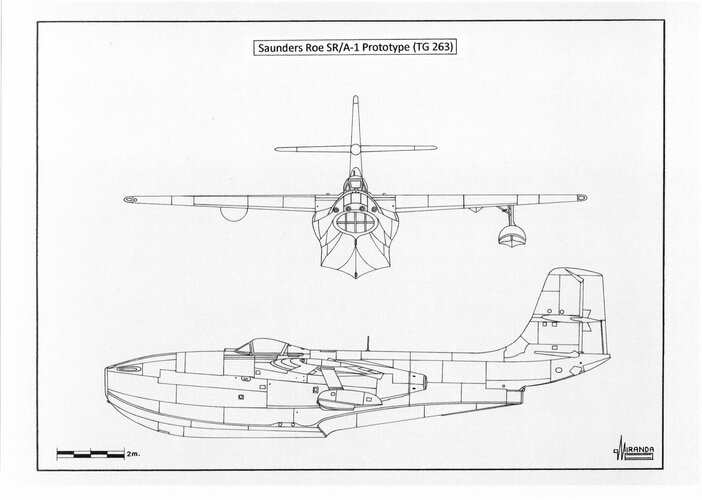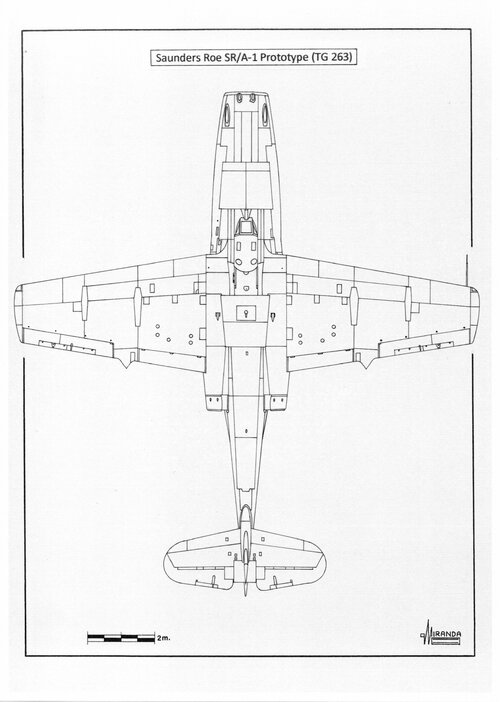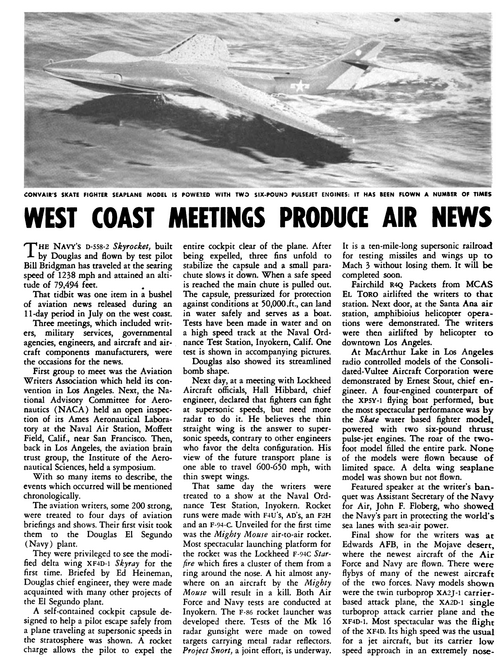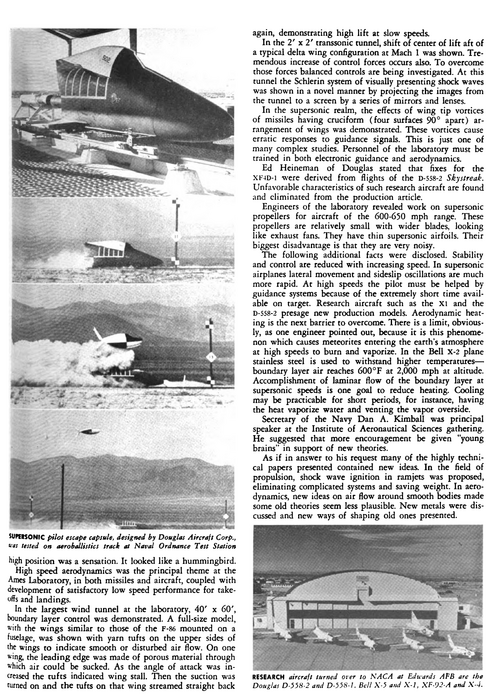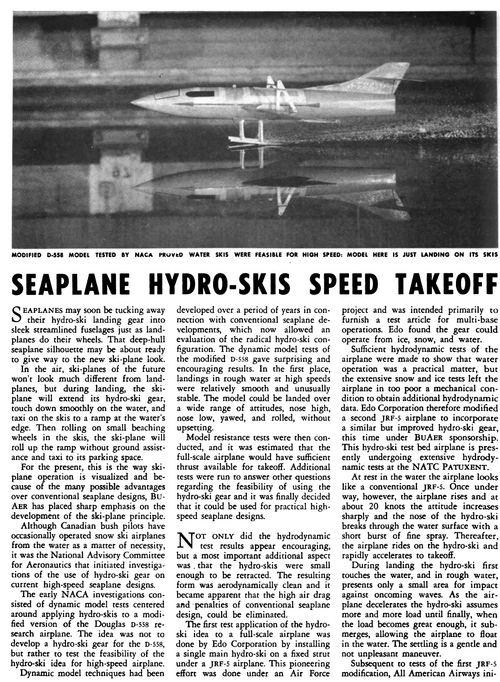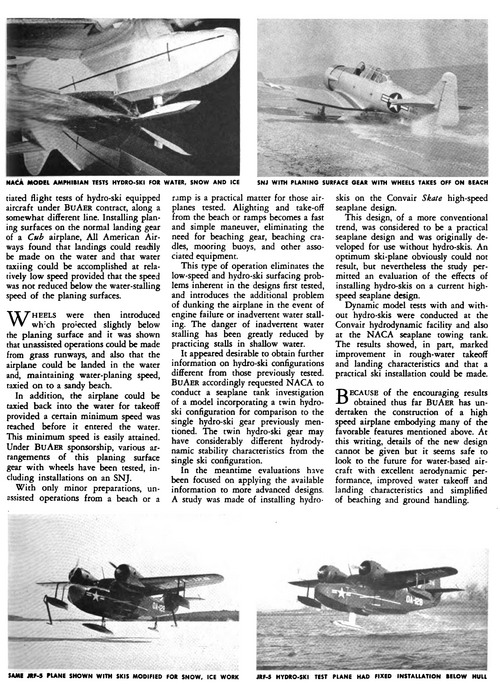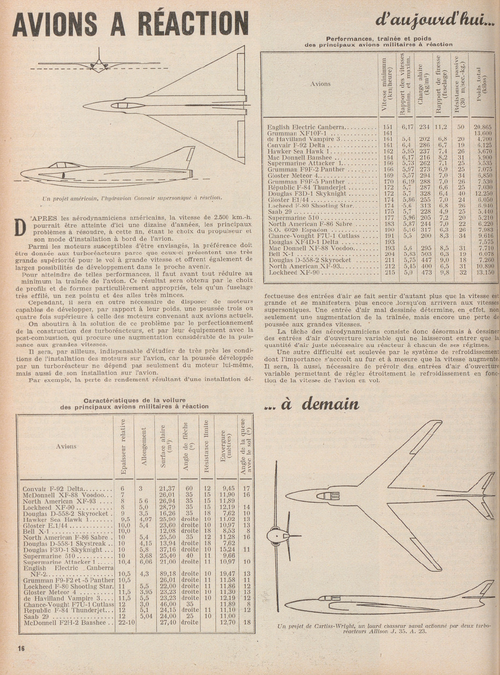You are using an out of date browser. It may not display this or other websites correctly.
You should upgrade or use an alternative browser.
You should upgrade or use an alternative browser.
Seaplane Jetfighters
- Thread starter Jemiba
- Start date
- Joined
- 19 October 2012
- Messages
- 1,984
- Reaction score
- 1,941
No, just the standard SR.A1
- Joined
- 26 May 2006
- Messages
- 34,917
- Reaction score
- 15,790
Schneiderman said:No, just the standard SR.A1
But it's was not exactly SR.A1.
- Joined
- 19 October 2012
- Messages
- 1,984
- Reaction score
- 1,941
Well it is just a model but it does not feature the revised wing, cockpit or rear step that were a feature of the initial version of the P.122. Also this is a report from Farnborough 1946, a year before the SR.A1 flew and a couple of years before the P.122 project.
- Joined
- 26 May 2006
- Messages
- 34,917
- Reaction score
- 15,790
Schneiderman said:Well it is just a model but it does not feature the revised wing, cockpit or rear step that were a feature of the initial version of the P.122. Also this is a report from Farnborough 1946, a year before the SR.A1 flew and a couple of years before the P.122 project.
OK,and thank you Schneiderman.
- Joined
- 26 May 2006
- Messages
- 34,917
- Reaction score
- 15,790
- Joined
- 26 May 2006
- Messages
- 34,917
- Reaction score
- 15,790
hesham said:From; Авиация и Время 2017-02,
a nice pictures to Convair F2Y.
Also from the same source.
Attachments
youROKer
ACCESS: Confidential
- Joined
- 15 May 2013
- Messages
- 107
- Reaction score
- 445
The project of the Soviet seaplane jetfighter, late 50s. Speed with the engine AL-9 - up to 1700 km / h. Flight range - 2000-2100 km. Armament - a pair of 23 mm cannons and two air-to-air missiles.
Source: https://afirsov.livejournal.com/397536.html
Source: https://afirsov.livejournal.com/397536.html
Attachments
- Joined
- 26 May 2006
- Messages
- 34,917
- Reaction score
- 15,790
hesham said:the Douglas Skyrocket model with hydro-ski-equipped and a ski-plane
fighter by Mr. Henry Knowler.
http://www.flightglobal.com/PDFArchive/View/1952/1952%20-%203459.html
From Ailes 4/1952.
Attachments
- Joined
- 26 May 2006
- Messages
- 34,917
- Reaction score
- 15,790
Hi,
 archive.aviationweek.com
archive.aviationweek.com
Aviation Week | Search results for: pure-jet flying boat
Search the complete Aviation Week archive. Explore every issue we have ever published: find every article, photo, story, interview, pictorial, advertisement, and more.
Attachments
- Joined
- 26 May 2006
- Messages
- 34,917
- Reaction score
- 15,790
From Ailes 28/3/1953,
just an idea,it was created by Mr. Enrico Forlanini,which we spoke about him here;
just an idea,it was created by Mr. Enrico Forlanini,which we spoke about him here;
Attachments
Last edited:
- Joined
- 11 March 2012
- Messages
- 3,251
- Reaction score
- 3,179
—————————————————————-About one thing i am sure : the ending of seaplane fighters and jetfighters must be researched in primary role of carriers during and after wwii !
Seaplanes were developed primarily to compensate for a shortage of runways. All the concrete runways built during WW2 rendered seaplanes pretty much obsolete after the war.
Also consider that seaplane empty weight is usually double that of landplanes flying the same mission. That huge hull takes a beating landing on any but the calmest water. Water impact forces limit most seaplane operations to calm inland waters.
The best way to limit water impact loads is limiting touch-down speed, but that requires a huge STOL wing and STOL wings are too big for supersonic flight.
blackkite
Don't laugh, don't cry, don't even curse, but.....
- Joined
- 31 May 2007
- Messages
- 8,819
- Reaction score
- 7,718
Hi! SARO SR/A1.
 gramho.com
gramho.com
#saundersroe Instagram posts - Gramho.com
Explore #saundersroe Instagram posts - Gramho.com
Attachments
Last edited:
- Joined
- 26 May 2006
- Messages
- 34,917
- Reaction score
- 15,790
Hi,Hi,
the Douglas Skyrocket model with hydro-ski-equipped and a ski-plane
fighter by Mr. Henry Knowler.
was that a Douglas Skyrocket ?,very similar to it.
Naval Aviation News
books.google.com.eg
Attachments
nuuumannn
Cannae be ar*ed changing my personal text
- Joined
- 21 October 2011
- Messages
- 276
- Reaction score
- 547
- Joined
- 11 March 2012
- Messages
- 3,251
- Reaction score
- 3,179
From; Авиация и Время 2017-02,
a nice pictures to Convair F2Y.
Did Convair ever solve problems with pounding in large waves?
Which ski configuration worked better: one ski or two?
Nik
ACCESS: Top Secret
- Joined
- 15 July 2009
- Messages
- 1,269
- Reaction score
- 1,063
'Sensitivity to sea-state' would seem the critical weakness, conversely a 'displacement' hull shape is ill-suited to high sub-Mach speed, never mind beyond...
{ Warily side-stepping hypersonic 'lifting body' issues, despite some superficial similarities due convergent CFD solutions... ;-) }
IIRC, there are precious-few modern designs, none 'fast', and larger models only used for island hopping, 'water bombing' and coastguard / marine patrol stuff. Is the big Beriev the only sizeable pure-jet ? I don't remember any of the Russian surface-effect Ekranoplan designs suiting 'fighter' applications. Then again, some Ekranoplans surely approached size which could carry 'parasite' V/STOL fighters. Fitting such with a 'ski' against contingencies may appeal, but probably safer and lighter to eject entire cockpit as off-shore survival pod...
{ Warily side-stepping hypersonic 'lifting body' issues, despite some superficial similarities due convergent CFD solutions... ;-) }
IIRC, there are precious-few modern designs, none 'fast', and larger models only used for island hopping, 'water bombing' and coastguard / marine patrol stuff. Is the big Beriev the only sizeable pure-jet ? I don't remember any of the Russian surface-effect Ekranoplan designs suiting 'fighter' applications. Then again, some Ekranoplans surely approached size which could carry 'parasite' V/STOL fighters. Fitting such with a 'ski' against contingencies may appeal, but probably safer and lighter to eject entire cockpit as off-shore survival pod...
D
Deleted member 2278
Guest
Fascinating article on various Convair projects (from page 42 on):
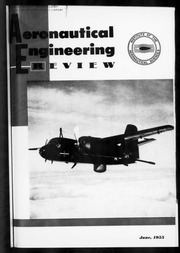
Aeronautical Engineering Review 1955-06: Vol 14 Iss 6 : Free Download, Borrow, and Streaming : Internet Archive
Aeronautical Engineering Review 1955-06: Volume 14, Issue 6.Digitized from IA1533707-02.Previous issue: sim_aerospace-engineering-1942_1955-05_14_5.Next issue:...
archive.org
- Joined
- 26 May 2006
- Messages
- 34,917
- Reaction score
- 15,790
Amazing find,thanks.Fascinating article on various Convair projects (from page 42 on):

Aeronautical Engineering Review 1955-06: Vol 14 Iss 6 : Free Download, Borrow, and Streaming : Internet Archive
Aeronautical Engineering Review 1955-06: Volume 14, Issue 6.Digitized from IA1533707-02.Previous issue: sim_aerospace-engineering-1942_1955-05_14_5.Next issue:...archive.org
Attachments
- Joined
- 2 August 2006
- Messages
- 3,256
- Reaction score
- 1,529
They found the single ski was better, as there was less vibration. But it still took a pounding, depending on sea state.From; Авиация и Время 2017-02,
a nice pictures to Convair F2Y.
Did Convair ever solve problems with pounding in large waves?
Which ski configuration worked better: one ski or two?
- Joined
- 26 May 2006
- Messages
- 34,917
- Reaction score
- 15,790
Hi,
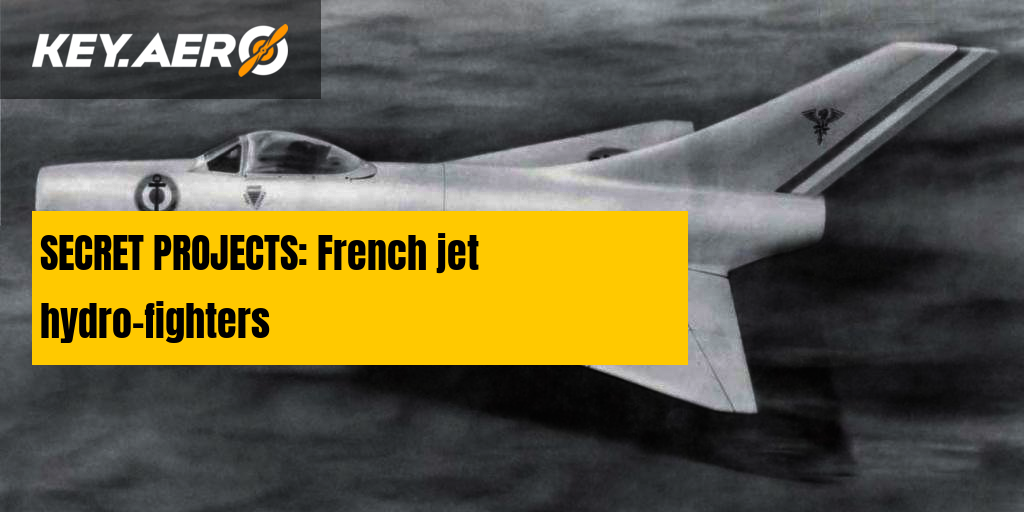
 www.key.aero
www.key.aero
SECRET PROJECTS: French jet hydro-fighters
Seaplane jet fighters were largely a blind alley, and France’s post-war concepts were no exception...
Attachments
- Joined
- 17 May 2008
- Messages
- 683
- Reaction score
- 1,448
Curtiss P-565 Seaplane Night Fighter proposal, I believe for OS-116.
Interestingly, it was designed to operate from water, and also have
a quick change ski package for snow and ice operations.
Here are a few bits 'n pieces from NARA II
Interestingly, it was designed to operate from water, and also have
a quick change ski package for snow and ice operations.
Here are a few bits 'n pieces from NARA II
Attachments
- Joined
- 17 May 2008
- Messages
- 683
- Reaction score
- 1,448
- Joined
- 17 May 2008
- Messages
- 683
- Reaction score
- 1,448
First image is the proposed armament of the AN/APG-26 Gun Laying Radar with four 20mm cannons with 200 rounds of ammunition each.
The second image shows the skis for snow and ice operation.
Finally the cockpit arrangement.
The second image shows the skis for snow and ice operation.
Finally the cockpit arrangement.
Attachments
SatinWings
ACCESS: Restricted
- Joined
- 12 June 2019
- Messages
- 18
- Reaction score
- 49
I believe that this model is in the collection of the Patuxent River Naval Air Museum, if not still on display. I took some photos of it (recognizing just how odd of a design it was) when I visited back in 2016 but haven't posted them, knowing nothing of the type until now.There was also a Vee-Tail version of the Bureau of Aeronautics' DR 56 NACA Tank Model 248
http://ntrs.nasa.gov/archive/nasa/casi.ntrs.nasa.gov/19930086549_1993086549.pdf
P.S. My mistake the model you are showing is TANK Model 280 NOT Model 248 got sucked in by the similarity in Hull and Wing Configuration between Model 248 & 280
Curious to know more about this BuAer DR 56 design, as BuAer seems to considered a lot of fairly obscure and interesting designs.
Attachments
When Allies decided to counterattack in the Pacific, with insufficient number of aircraft carriers, they had to face the fact that airborne operations depended on the availability of landing strips and that most of them –along with the islands where others might be built- where in Japanese hands. It proved to be very costly in lives and resources to occupy them.
Circumstances demanded the use of any type of floatplanes and flying boats that the Allied had in great numbers. Main problem was the absence of shore-based floatplane fighters able to protect them and to provide the necessary air support for their amphibious forces.
The main disadvantage came from the way in which the bulk of their floats penalised their performance compared with the conventional Japanese fighters.
Americans performed some testing with a float equipped F4F-3S Wildcat at the beginning of 1943 but they renounced to use it in combat due to its low performances.
The British updated the old idea of a floatplane Spitfire, developed during the Norwegian campaign, and they modified a Mk. IX (MJ892) that during testing proved to have superior maximum speed and manoeuvrability compared to the enemy floatplane fighters Mitsubishi A6M2-N and Kawanishi N1K1, but the whole scheme was abandoned early in 1944.
By 1943 turbojets were available and other manufacturers proposed jet fighters with a low-drag flying boat hull not requiring water clearance for a propeller.
Jet power would be able to provide the Allies with a water-based fighter of superior performance against the Japanese piston-engine types.
The Airspeed firm suggested to the Admiralty the transformation of the radio-controlled flying-boat target aircraft AS-37 into a scaled-up jet fighter, powered by one de Havilland Halford H.1 centrifugal-flow turbojet with 1,225 kgf static thrust in the forward area of the hull with the air intake positioned in the extreme nose.
Technical data
Wingspan: 32.5 ft (9.93 m), length: 30 ft (9.14 m), height: 5.9 ft (1.8 m), wing area: 187 sq. ft (17 sq. m), proposed armament: four 4.5 in (11.5 cm) recoilless cannons
In December 1943 the Saunders-Roe firm presented their SR.44 project to the Ministry of Aircraft Production. The original design, with low-set gull-wing configuration and Halford turbojet, was modified to meet the E.6/44 specification and three prototypes, powered by two Metrovick Beryl F2/4 axial-flow turbojets, were ordered in April 1944 under the denomination SR/A-1.
By 1945 the Americans were able to build enough aircraft carriers to support air operations in the Pacific, official interest in the SR/A-1 waned and their development stayed at low priority.
With the end of the war Saunders-Roe concentrating its resources in the development of the SR.45 Princess long range civilian flying boat.
The SR/A-1prototype (TG263) flew on July 16, 1947 but the project was suspended on August 1949 after the cancellation of the Beryl turbojet.
Technical data
Wingspan: 46 ft (14 m), length: 50 ft (15.2 m), height: 16 ft 9 in (5.1 m), wing area: 415 sq. ft (37.3 sq. m), max speed: 512 mph (824 km/h), max weight: 19,033 lb (8,622 kg), ceiling: 43,000 ft (13,100 m), proposed armament: four 20 mm Hispano Mk V cannons with 760 rounds each, power plant: two Metropolitan-Vickers Beryl F.2/4 axial-flow turbojets with 1,463 kgf static thrust.
Circumstances demanded the use of any type of floatplanes and flying boats that the Allied had in great numbers. Main problem was the absence of shore-based floatplane fighters able to protect them and to provide the necessary air support for their amphibious forces.
The main disadvantage came from the way in which the bulk of their floats penalised their performance compared with the conventional Japanese fighters.
Americans performed some testing with a float equipped F4F-3S Wildcat at the beginning of 1943 but they renounced to use it in combat due to its low performances.
The British updated the old idea of a floatplane Spitfire, developed during the Norwegian campaign, and they modified a Mk. IX (MJ892) that during testing proved to have superior maximum speed and manoeuvrability compared to the enemy floatplane fighters Mitsubishi A6M2-N and Kawanishi N1K1, but the whole scheme was abandoned early in 1944.
By 1943 turbojets were available and other manufacturers proposed jet fighters with a low-drag flying boat hull not requiring water clearance for a propeller.
Jet power would be able to provide the Allies with a water-based fighter of superior performance against the Japanese piston-engine types.
The Airspeed firm suggested to the Admiralty the transformation of the radio-controlled flying-boat target aircraft AS-37 into a scaled-up jet fighter, powered by one de Havilland Halford H.1 centrifugal-flow turbojet with 1,225 kgf static thrust in the forward area of the hull with the air intake positioned in the extreme nose.
Technical data
Wingspan: 32.5 ft (9.93 m), length: 30 ft (9.14 m), height: 5.9 ft (1.8 m), wing area: 187 sq. ft (17 sq. m), proposed armament: four 4.5 in (11.5 cm) recoilless cannons
In December 1943 the Saunders-Roe firm presented their SR.44 project to the Ministry of Aircraft Production. The original design, with low-set gull-wing configuration and Halford turbojet, was modified to meet the E.6/44 specification and three prototypes, powered by two Metrovick Beryl F2/4 axial-flow turbojets, were ordered in April 1944 under the denomination SR/A-1.
By 1945 the Americans were able to build enough aircraft carriers to support air operations in the Pacific, official interest in the SR/A-1 waned and their development stayed at low priority.
With the end of the war Saunders-Roe concentrating its resources in the development of the SR.45 Princess long range civilian flying boat.
The SR/A-1prototype (TG263) flew on July 16, 1947 but the project was suspended on August 1949 after the cancellation of the Beryl turbojet.
Technical data
Wingspan: 46 ft (14 m), length: 50 ft (15.2 m), height: 16 ft 9 in (5.1 m), wing area: 415 sq. ft (37.3 sq. m), max speed: 512 mph (824 km/h), max weight: 19,033 lb (8,622 kg), ceiling: 43,000 ft (13,100 m), proposed armament: four 20 mm Hispano Mk V cannons with 760 rounds each, power plant: two Metropolitan-Vickers Beryl F.2/4 axial-flow turbojets with 1,463 kgf static thrust.
Attachments
BlackBat242
OK, I changed my personal text ;)
- Joined
- 10 April 2013
- Messages
- 1,482
- Reaction score
- 4,301
Yes... its been 16 years, but I hadn't seen this.Earlier designs were for a twin seat, radar equipped night fighter, shifting later to the single seat
interceptor, which was ultimately built in the form of the XF2Y Sea Dart.
___________________________________________________________________________
An interesting feature is the nose armament, which consisted of a turret, which
formed the nose cone, probably containing two guns, besides a small radar antenna. Two
additional guns were placed in the wing roots. A spray dam, probably retractable, is fitted
to the bow.
(Cut-away from Treadwell “Strike from beneath the Sea”)
That turret looks a lot like the one tested in a Grumman F9F-2 Panther:
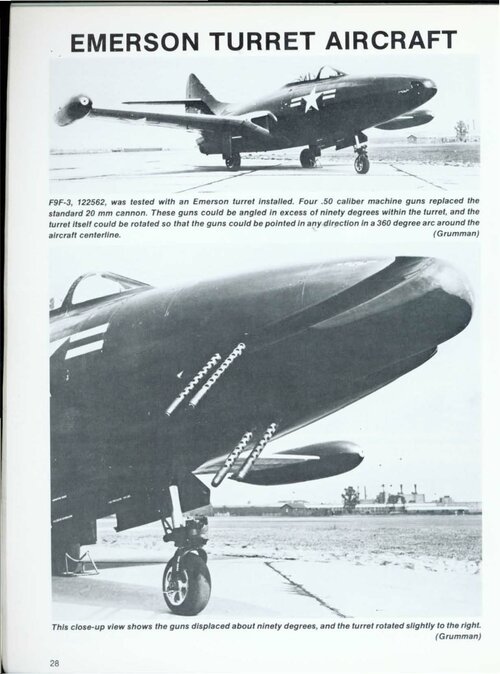
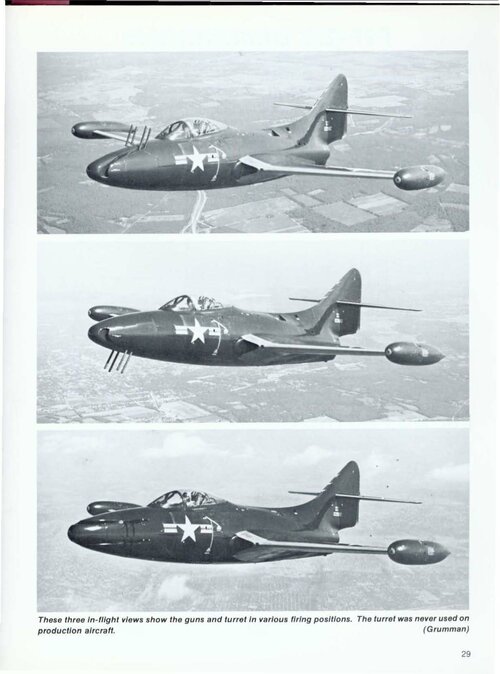
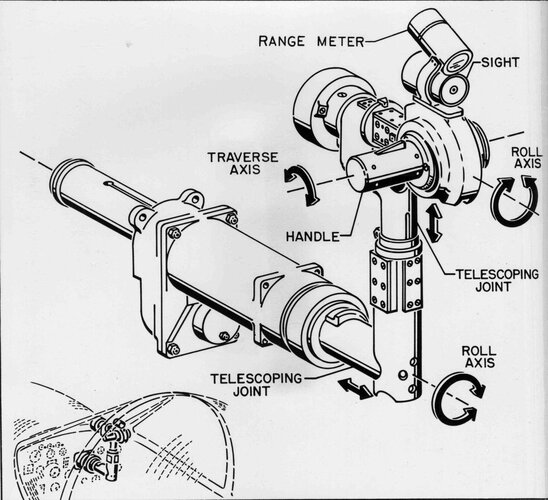
Scott Kenny
ACCESS: USAP
- Joined
- 15 May 2023
- Messages
- 11,663
- Reaction score
- 14,373
Makes sense, Regulus, especially Regulus II, was already the size of a small fighter...In the late 1940s, Ed Heinemann at the El Segundo Division of Douglas Aircraft Company was contacted by an engineer at the US Office of Naval Research in Washington DC to develop a jet aircraft that could be operated from a submarine. His design team looked at developing a fighter that could utilize the hanger for the Regulus missile in US Navy submarines.
Attached illustration of aircraft design concepts using the Regulus missile hanger by Ed Heinemann. Concept labeled "1" in the drawing is Douglas Model 640.
Drawing by Ed Heinemann of Douglas Model 640.
I wonder if supercritical wings with high lift devices could give good STOL as well as supersonic performance? Crank the sweep back another 10-15deg to 42-47deg, use drooping ailerons, big leading edge slats, triple flaps...Seaplanes were developed primarily to compensate for a shortage of runways. All the concrete runways built during WW2 rendered seaplanes pretty much obsolete after the war.
Also consider that seaplane empty weight is usually double that of landplanes flying the same mission. That huge hull takes a beating landing on any but the calmest water. Water impact forces limit most seaplane operations to calm inland waters.
The best way to limit water impact loads is limiting touch-down speed, but that requires a huge STOL wing and STOL wings are too big for supersonic flight.
- Joined
- 18 June 2009
- Messages
- 1,412
- Reaction score
- 2,494
Convair SKATE photos from the FB Exotics Aeromodel Group: https://www.facebook.com/groups/518408100392921/permalink/609903347910062/
Attachments
-
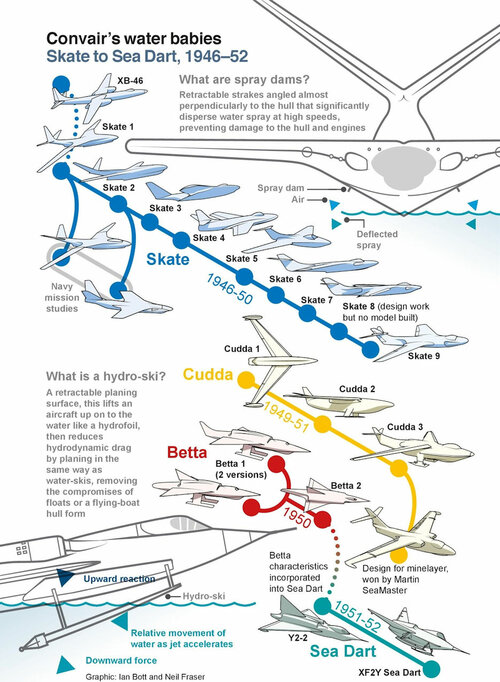 Convair SKATE 01.jpg224.5 KB · Views: 114
Convair SKATE 01.jpg224.5 KB · Views: 114 -
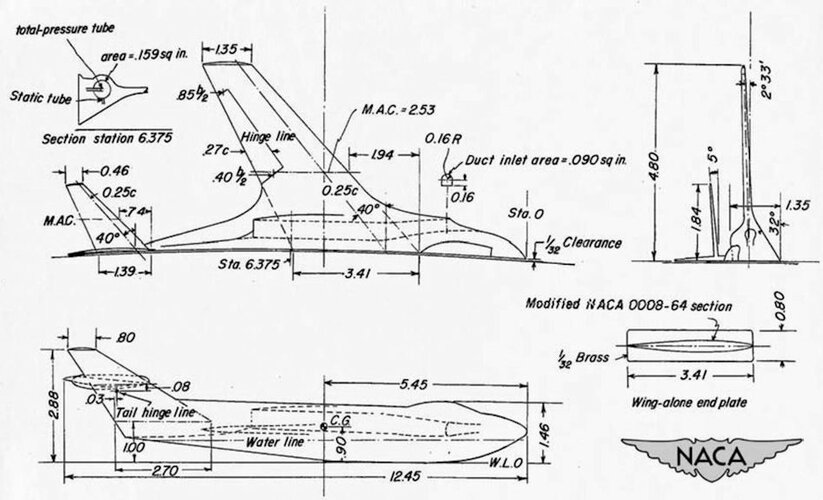 Convair SKATE 02.jpg76 KB · Views: 117
Convair SKATE 02.jpg76 KB · Views: 117 -
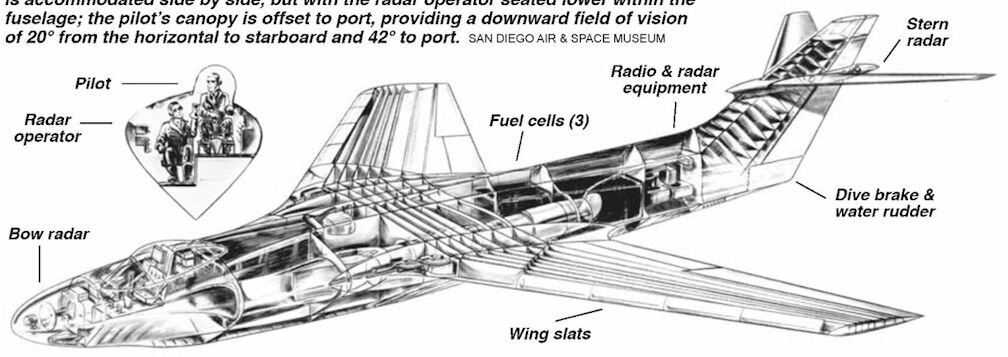 Convair SKATE 03.jpg70.8 KB · Views: 117
Convair SKATE 03.jpg70.8 KB · Views: 117 -
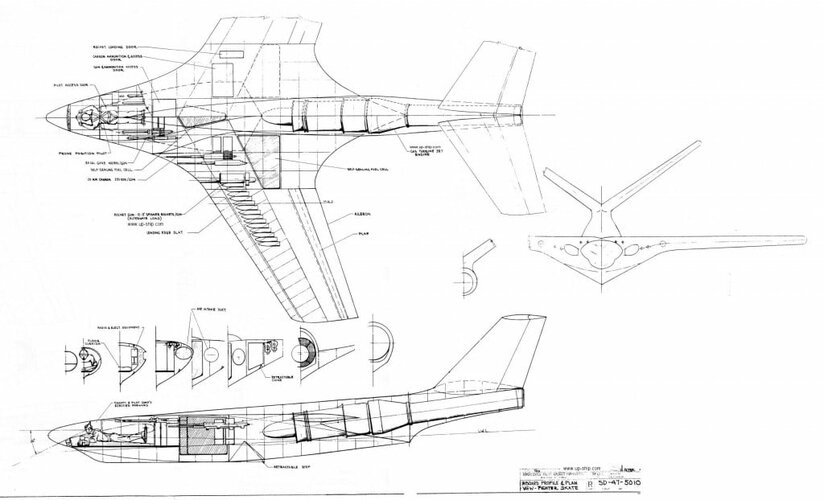 Convair SKATE 3V.jpg72 KB · Views: 115
Convair SKATE 3V.jpg72 KB · Views: 115 -
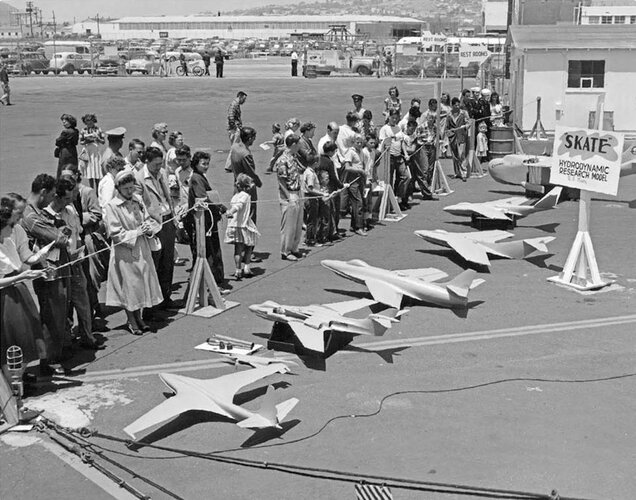 Convair SKATE 07.jpg144.9 KB · Views: 111
Convair SKATE 07.jpg144.9 KB · Views: 111 -
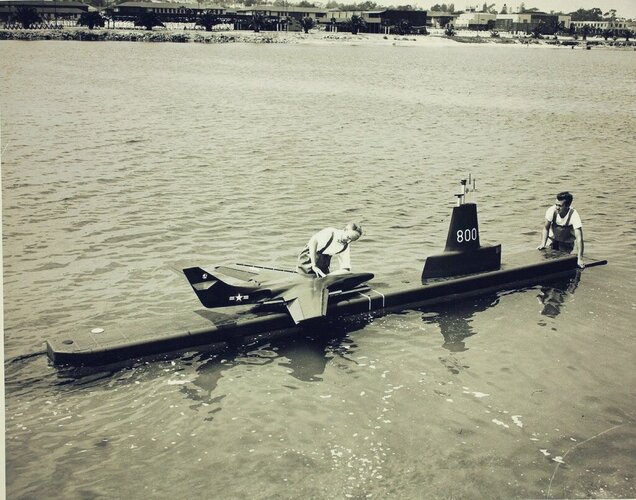 Convair SKATE 06.jpg192.1 KB · Views: 104
Convair SKATE 06.jpg192.1 KB · Views: 104 -
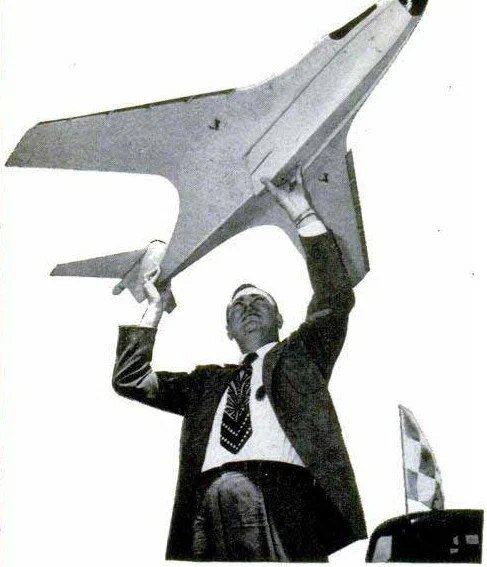 Convair SKATE 05.jpg44.6 KB · Views: 100
Convair SKATE 05.jpg44.6 KB · Views: 100 -
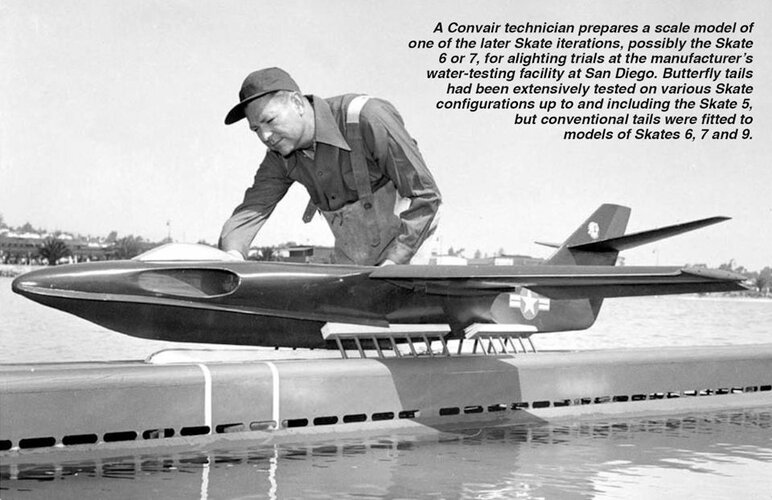 Convair SKATE 04.jpg92.8 KB · Views: 106
Convair SKATE 04.jpg92.8 KB · Views: 106 -
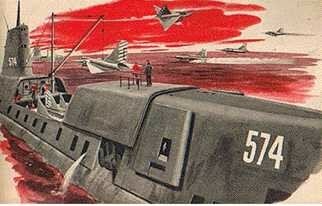 Submarine Tender for Sea Dart .jpg23.3 KB · Views: 124
Submarine Tender for Sea Dart .jpg23.3 KB · Views: 124
Scott Kenny
ACCESS: USAP
- Joined
- 15 May 2023
- Messages
- 11,663
- Reaction score
- 14,373
Interesting, looks like one gun in each wing root... I'm assuming 20mm cannons, since the Navy went to 20mm entirely during the Korean War.Convair SKATE photos from the FB Exotics Aeromodel Group: https://www.facebook.com/groups/518408100392921/permalink/609903347910062/
- Joined
- 26 May 2006
- Messages
- 34,917
- Reaction score
- 15,790
And from A'Lata;
Tunaspoker: Daftar Situs IDN POKER Online | Agen Judi Online Poker
Tunaspoker adalah Daftar Situs IDN POKER Online terpercaya dan sebagai Agen Judi Online resmi IDN POKER tahun 2023 dengan menggunakan uang asli.www.avia-it.com
From L'Air 1951.

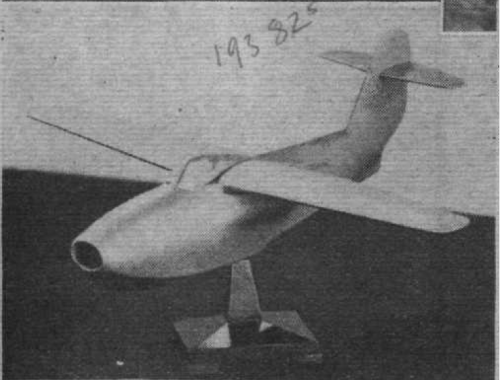
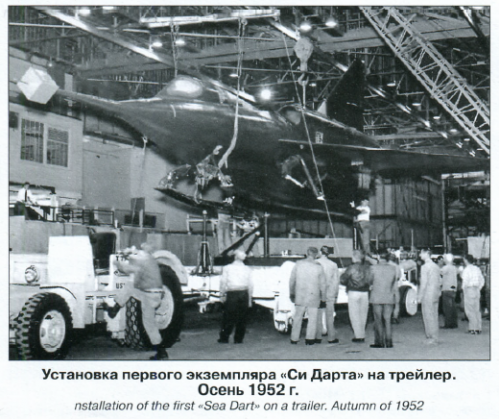
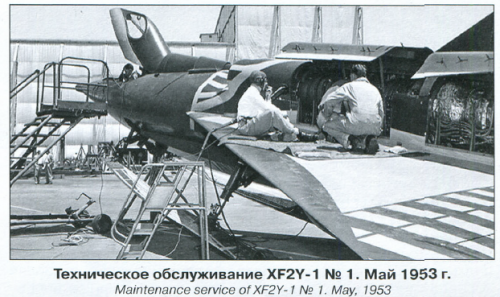
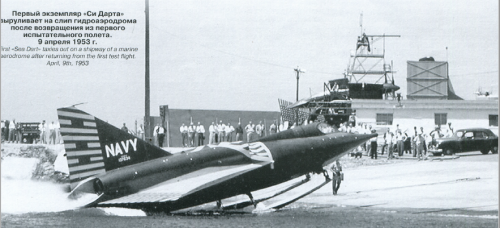

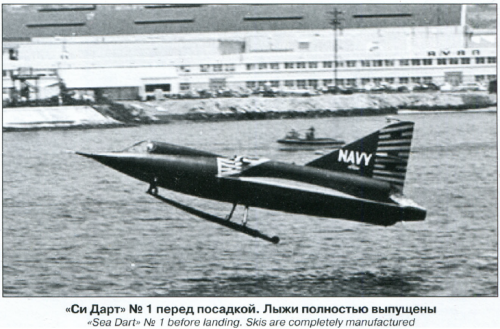
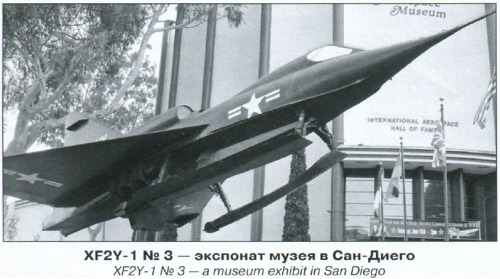
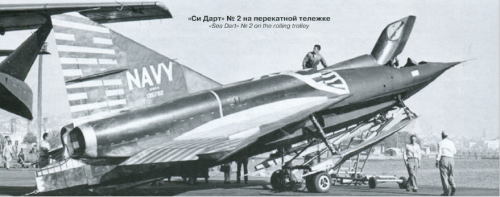
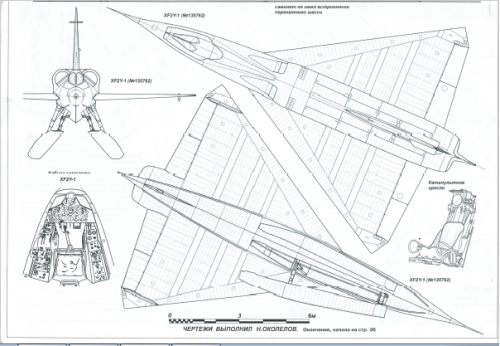
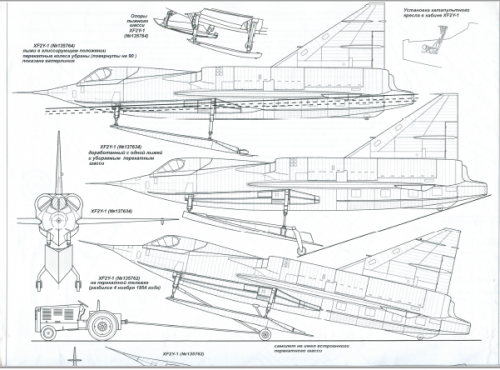
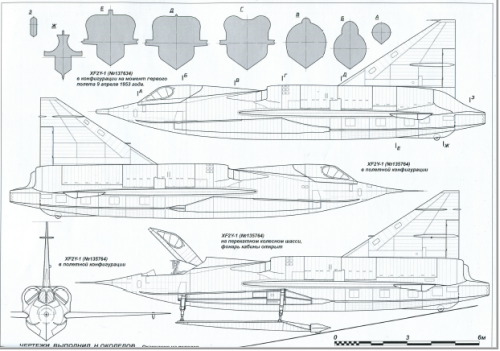
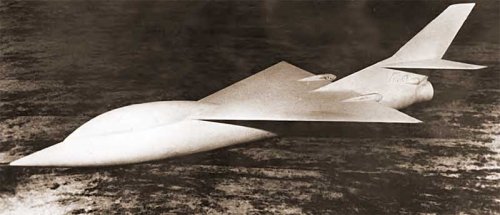
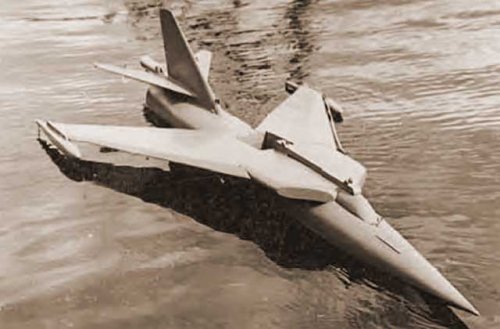
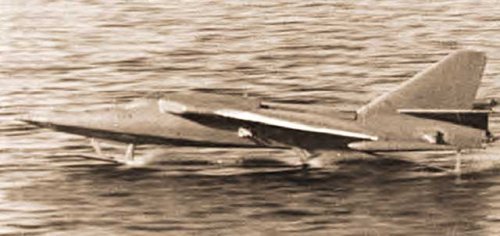
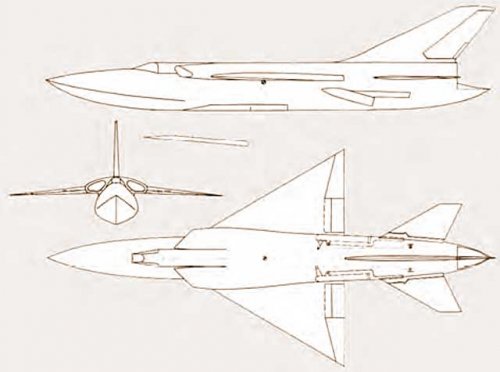
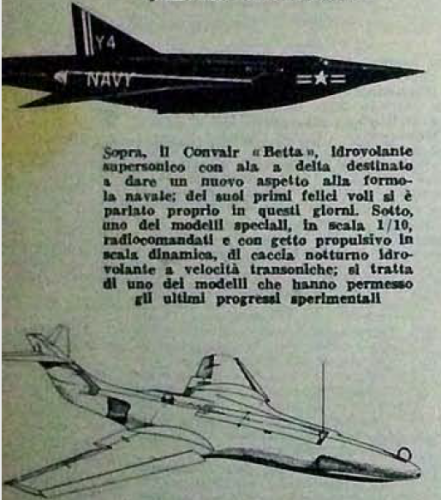
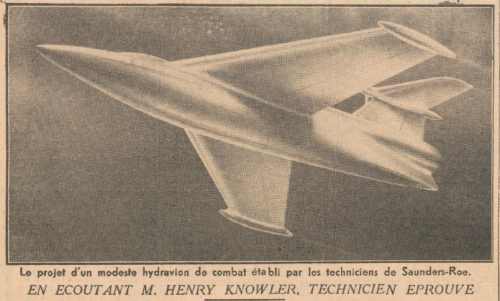
![Les_Ailes___journal_hebdomadaire_[...]_bpt6k3200957z_4.jpeg](/data/attachments/148/148626-093db996bf24e544278266782ad62cc4.jpg)
